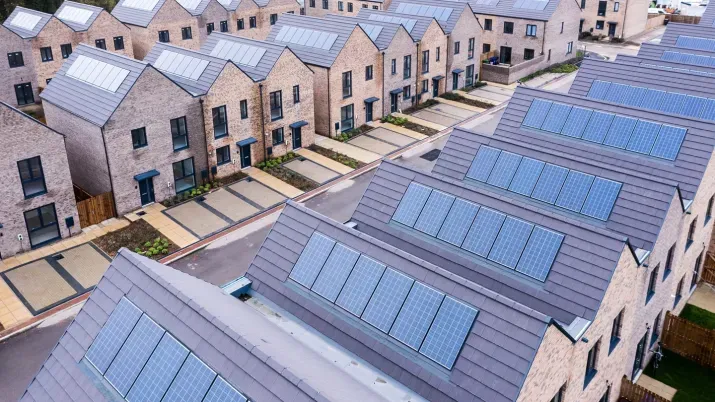More Noise Than Substance on UK Banks
TwentyFour
Over the past few days we have been drawn to a number of articles in the popular financial media suggesting UK banks will soon be facing a wall of defaults from the government-backed ‘bounce-back’ loan scheme, which was introduced in May to help small businesses cope with the economic stress of COVID-19.
The BBLS effectively offered a loan facility to SMEs ranging between £2,000 and 25% of company turnover, up to a maximum of £50,000. These loans would be distributed by UK banks but underwritten by a 100% government guarantee, with the interest over the first year paid by the UK government. The scheme has been hailed a success with an estimated £40-50bn being distributed, a lifeline for many small businesses impaired by the restricted economy.
The BBLS was obviously rushed through and this left it open to abuse; HMRC estimates up to 10% may have been received by bogus applicants. In addition, certain recent articles have somehow estimated that the default rate for the loans in the scheme could be between 20% and 80%, though there is little supporting evidence on how exactly this default rate is being calculated. The headlines stemmed from a National Audit Office report suggesting likely total credit and fraud losses would be between 35% and 60%, though it also quoted latest default loss estimates from the Bank of England and Office for Budget Responsibility as being between 15% and 80%, two ranges so wide as to be virtually worthless.
Anyway, while some of the due diligence may certainly have been slacker than normal given the government guarantee and the rush to get emergency funding into the economy, we think it is scaremongering in the extreme to suggest banks will be faced with heavy losses or reputational damage once the loans become repayable in May 2021.
Firstly, most small business owners are honest, hardworking people who will endeavour to continue their enterprise and negotiate to repay the loans (they also have time to do so – interest is set at 2.5% after the May 2021 date with up to six years to repay the outstanding amount). We find it difficult to believe that the number of defaulted loans will be close to the numbers being suggested in the financial press (20-80%). Even if the numbers are high, the government guarantee was very clear and the banks will not be liable for any capital losses. Secondly, the number of estimated fraudulent loans may be as high as 10% (i.e. around £5bn) but these will likely be distributed across the 11 lenders that participated; whether the government can point to banks’ underwriting weakness in not picking up the fraudulent applications is a grey area, though we would expect the government to regard this as an acceptable cost due to the urgency of the scheme during the dark days when the pandemic first arose.
The press can have their sensational headlines, but these stories have little substance when it comes to the impact on the reputation risk of banks or indeed any significant impact on their balance sheets come May 2021.






